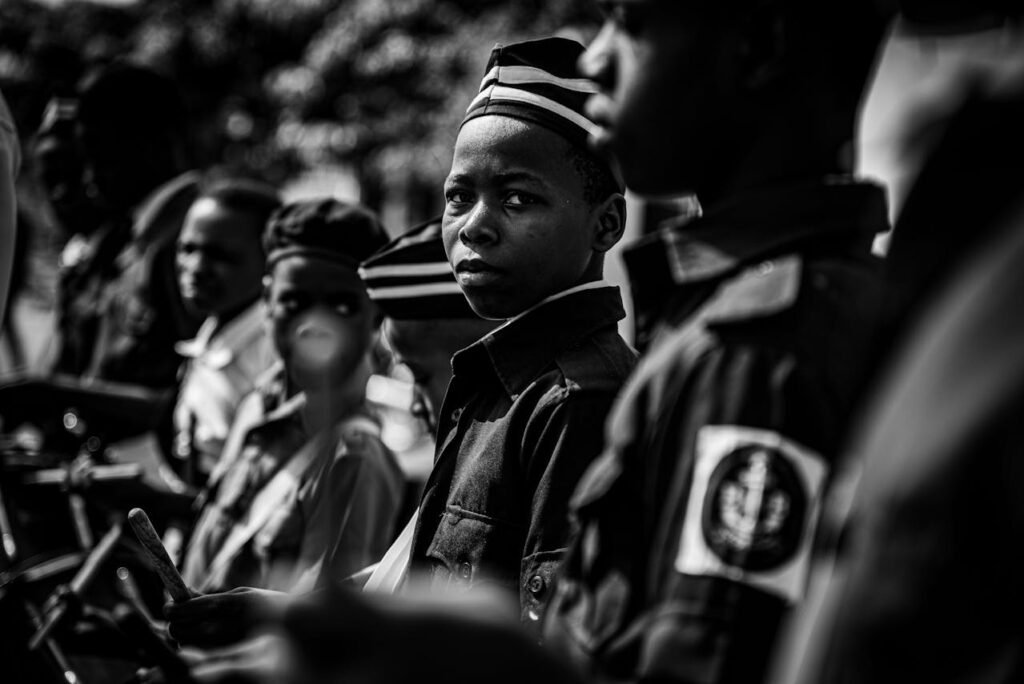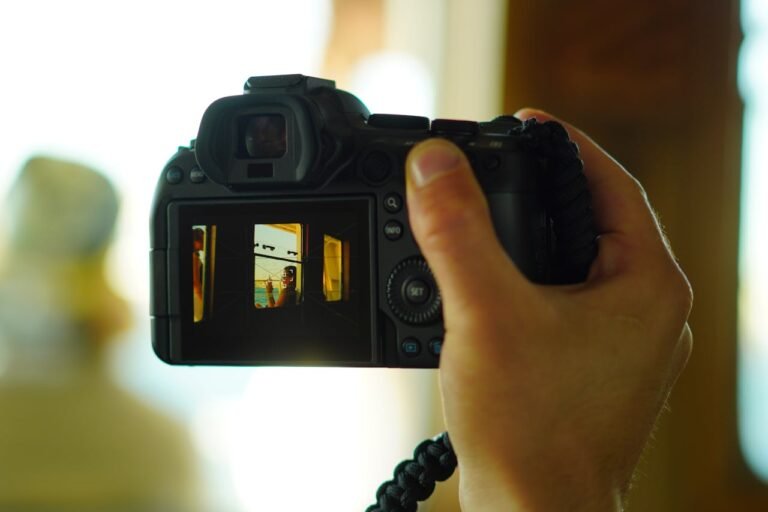6 Twitter-Sized Image Resizing Hacks to Maximize Engagement
Twitter-Sized Image: Twitter (or X, as it’s now officially called) is more than just a platform for sharing short, snappy thoughts — it’s a fast-moving visual stage where the right image can stop the scroll, spark engagement, and even go viral. But here’s the catch: Twitter has its own specific image size requirements and cropping rules, and if you ignore them, your carefully designed visuals might end up looking awkward, cut-off, or just plain unappealing.

That’s why resizing your images perfectly for Twitter isn’t just about looking neat — it’s about making sure every pixel works for your visibility and clicks.
Table: Quick Twitter Image Size Guide
| Image Type | Recommended Size | Aspect Ratio | File Size Limit |
|---|---|---|---|
| Profile Picture | 400 × 400 px | 1:1 | 2MB (JPG, PNG) |
| Header Image | 1500 × 500 px | 3:1 | 5MB (JPG, PNG) |
| Single Inline Image (Post) | 1200 × 675 px | 16:9 | 5MB (JPG, PNG, GIF) |
| Multiple Images (Post) | Various (See Hack #3) | Mixed | 5MB each |
| Twitter Card Preview | 1200 × 628 px | 1.91:1 | N/A |
1. Master the 1200×675 Standard for Single Images
When you post a single image on Twitter, the platform displays it in a 16:9 aspect ratio — which translates to 1200×675 pixels for the sharpest look.
Why it matters:
If you upload a random size, Twitter will crop it automatically, and important parts of your image (like text or a key subject) could get chopped off.
Pro Hack:
- Use 1200×675 px exactly for crispness and no cropping.
- Keep important elements in the center — Twitter sometimes crops slightly in preview mode, especially on mobile.
- If you use text overlays, keep them in the middle “safe zone” for maximum visibility.
Example:
If you’re promoting a new blog post, don’t just grab a screenshot — design a simple Twitter-optimized banner at 1200×675 px with the title centered and a subtle background image.
2. Frame Your Profile Pic at 400×400 px
Your profile picture is your first impression — the tiny icon people see next to every tweet you post. Even though Twitter displays it small, it’s worth resizing perfectly to 400×400 px for sharpness.
Why it matters:
Uploading a larger image doesn’t guarantee better quality — Twitter will still compress it, and if the ratio’s wrong, it’ll crop awkwardly.
Pro Hack:
- Use a high-contrast image so it stands out in the feed.
- Remember that profile pics display in a circle, so crop with circular framing in mind.
- Avoid putting important details at the edges — they might disappear.
Example:
If you’re a brand, make sure your logo is centered and has enough padding around it so it doesn’t feel cramped when cropped into a circle.
3. Learn Multi-Image Post Dimensions
Twitter allows up to 4 images in a single tweet, but the display sizes change depending on how many you upload:
- 2 images: Each shows at a 7:8 aspect ratio side by side.
- 3 images: One image appears larger on the left (7:8), two stacked on the right (4:7 each).
- 4 images: All images appear in 2×2 grid format (2:1 aspect ratio each).
Pro Hack:
If you’re sharing a carousel-like story, design your images to fit these ratios before uploading so you can control how they look.
Example:
An Etsy seller could post 4 perfectly cropped product shots in a grid, ensuring that each item is framed beautifully without Twitter’s auto-crop cutting it off.
4. Resize Header Images with “Safe Zones”
Your Twitter header image (1500×500 px) is like your billboard — it should capture attention and tell your brand’s story at a glance.
The challenge:
On desktop, you see the full width. On mobile, however, parts of the edges are hidden behind your profile picture and top menu.
Pro Hack:
- Keep text and key visuals in the center 1200×400 px area — this is your “safe zone.”
- Use the edges for decorative or background elements only.
Example:
If you run a food blog, you could use a header with a beautiful table spread across the edges, but place your blog name and tagline in the safe zone so it’s always readable.
5. Compress Without Killing Quality
Twitter compresses all images to save bandwidth, which can lead to a loss of sharpness. If you upload an already massive file, Twitter will crush it even harder.
Pro Hack:
- Resize your image to the exact display size (e.g., 1200×675 for a post).
- Save as a JPG at 80-90% quality or a PNG for graphics with sharp lines.
- Use tools like TinyPNG or Pixfav’s Image Compressor to control compression before uploading — so you keep more detail.
Example:
A photographer sharing a portrait could resize to exact Twitter specs and compress externally first, ensuring the shadows and textures survive Twitter’s upload process.
6. Use Templates for Consistent Branding
If you post regularly on Twitter, resizing manually each time is tedious. Instead, create Twitter image templates in tools like Canva, Photoshop, or Figma.
Pro Hack:
- Make separate templates for single images, multi-images, and header banners.
- Include guides for safe zones so text never gets cropped.
- Keep your brand colors, fonts, and logo placement consistent — this helps followers recognize your content instantly.
Example:
A digital marketing agency could use a branded 1200×675 template with a fixed logo position, a colored banner strip, and space for a headline — making every post instantly recognizable.
Extra Engagement Tip: Test on Mobile First
Around 80% of Twitter users browse on mobile, so always preview your images on a phone before posting. What looks perfect on desktop might look cramped or cropped on mobile.
You can do a test tweet (visible only to yourself via drafts) to see how it displays before going public.
FAQs About Twitter Image Resizing
Q1: Can I post square images on Twitter?
Yes, but they’ll be cropped in the timeline preview to fit the 16:9 display. Viewers can click to see the full square.
Q2: Why does my image look blurry after uploading?
This happens when Twitter compresses your file. Resize to exact dimensions and compress externally before uploading.
Q3: Should I use PNG or JPG for Twitter?
Use PNG for graphics/text-based visuals, and JPG for photos to save file size.
Q4: Can I upload animated GIFs?
Yes, but they must be under 15MB, and you can’t use them in multi-image posts.
Q5: Do Twitter ads have different image sizes?
Mostly they follow the same rules, but ad previews may crop differently. Always keep text in safe zones.
Conclusion
Resizing your images for Twitter might seem like a small detail, but it’s a huge factor in making your posts visually powerful. Whether you’re showcasing products, sharing memes, or promoting your personal brand, mastering these Twitter image size hacks will ensure your visuals look clean, stand out, and drive engagement.
Don’t leave your first impression to Twitter’s auto-crop — take control of your visuals, and your audience will notice.

